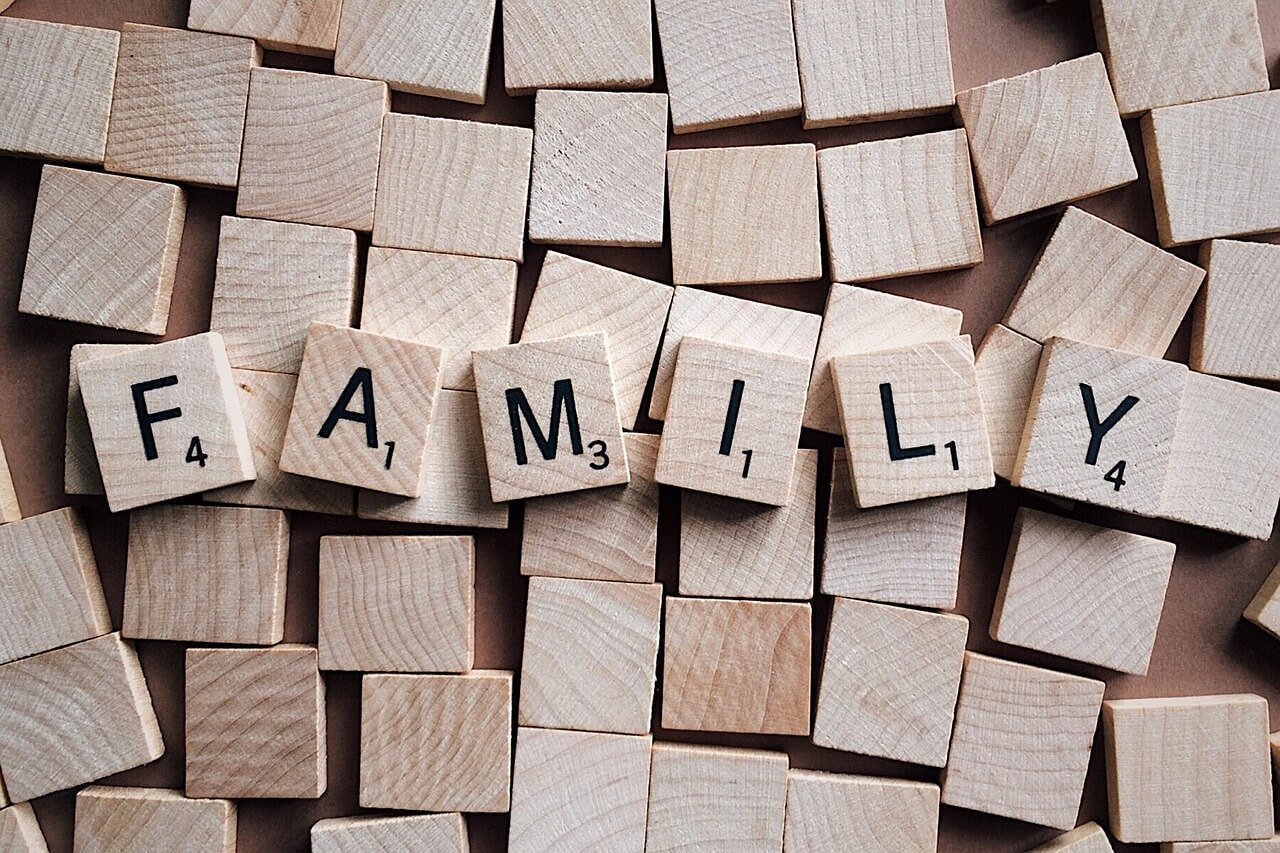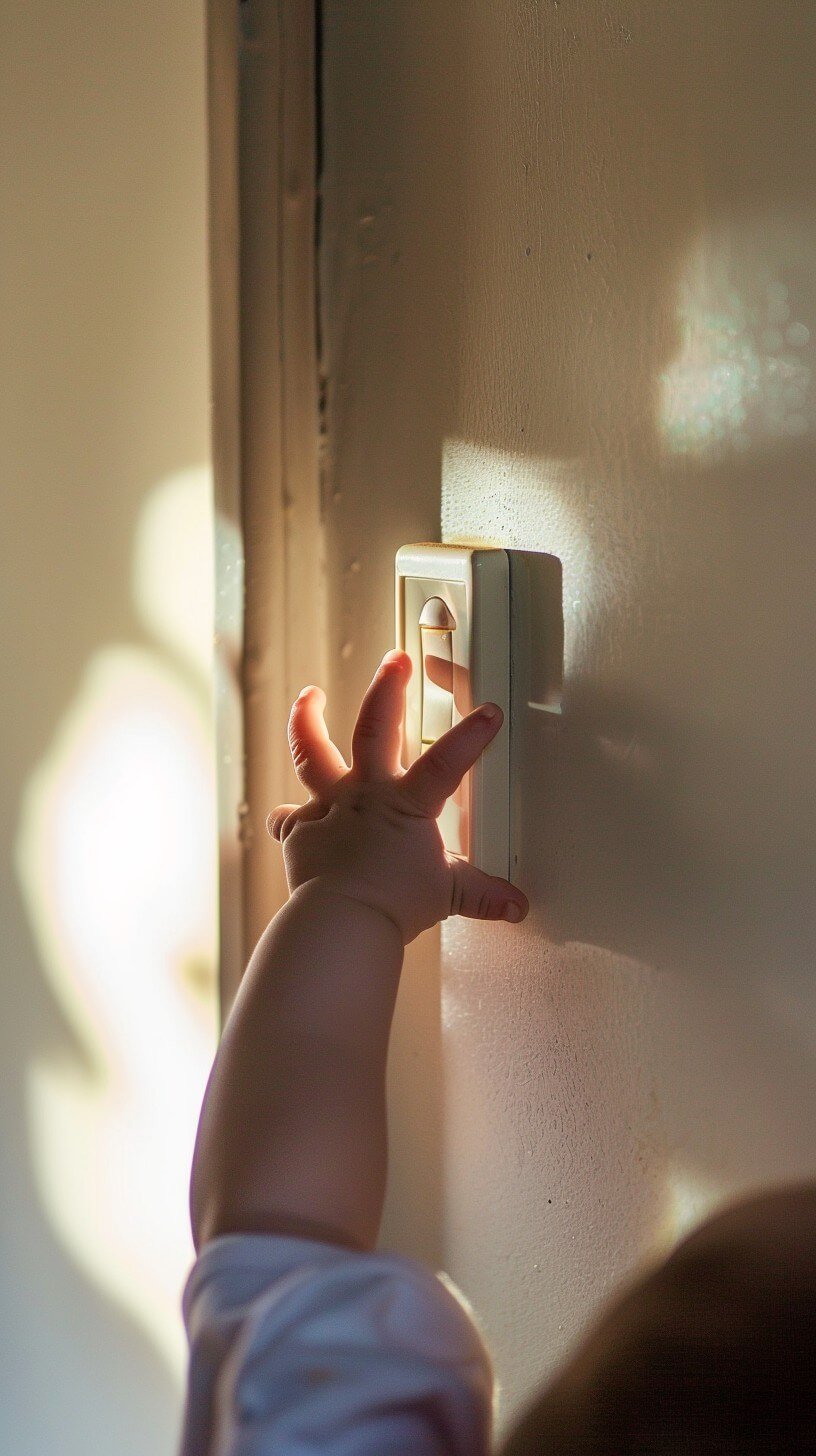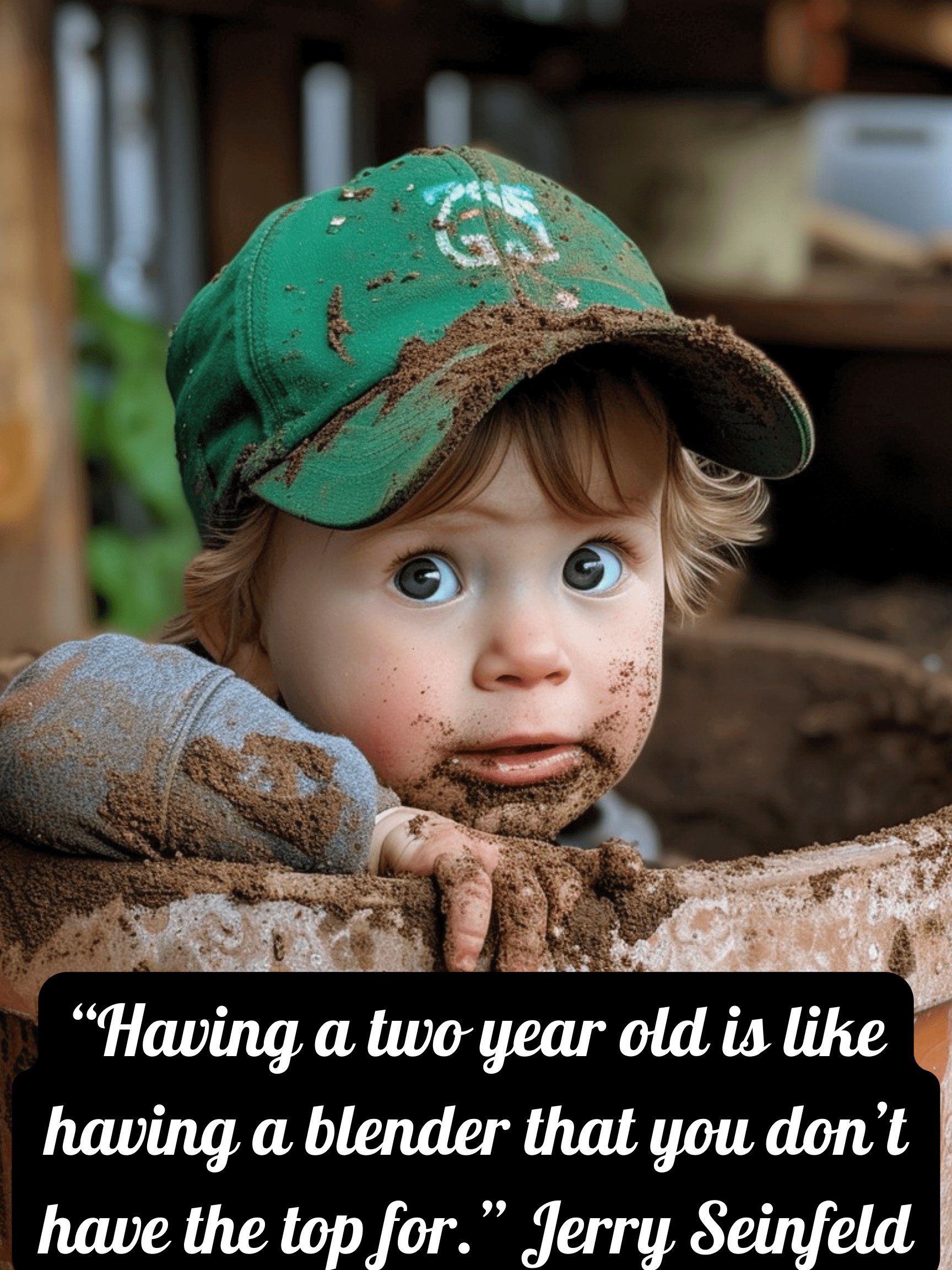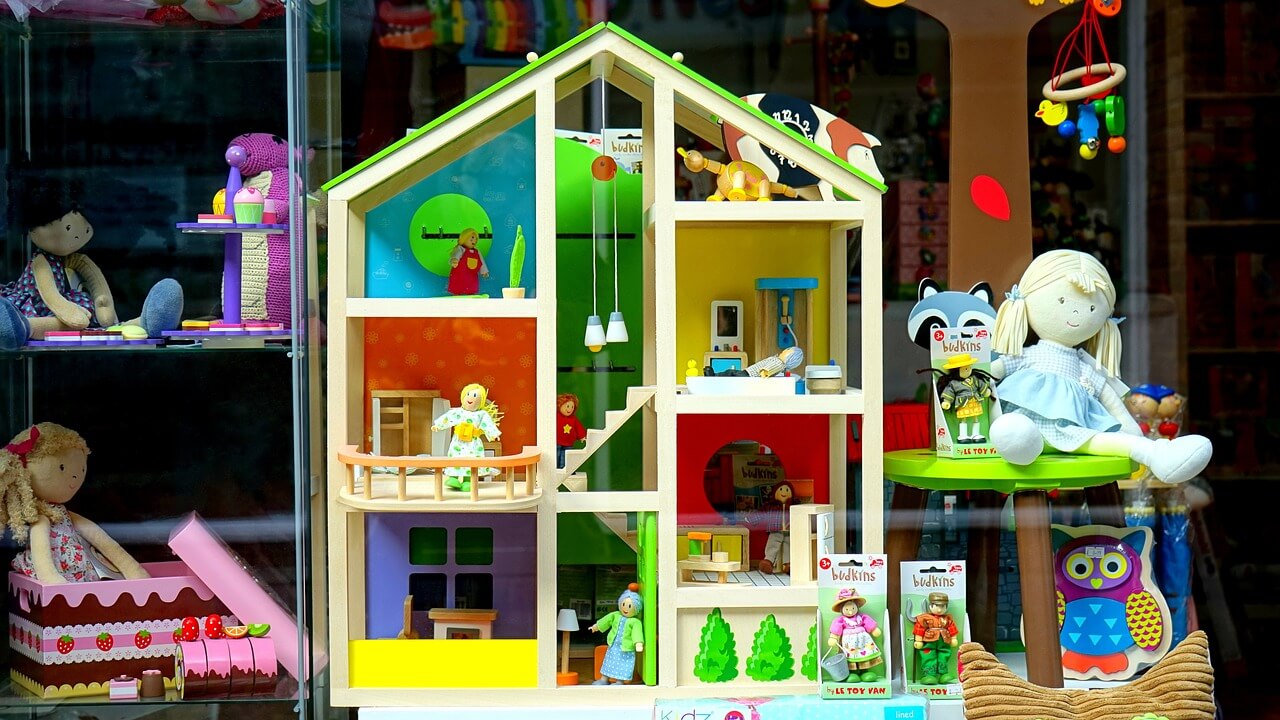How to Handle Toddler Tantrums: Calm Strategies for Every Parent
Ah, the infamous toddler tantrum. If you're parenting a toddler, you've likely experienced just how intense these emotional outbursts can be. Whether they happen in the grocery store or right before bed, tantrums often leave parents feeling frustrated, helpless, and unsure of how to handle toddler tantrums.
 Screaming toddler having a temper tantrum.
Screaming toddler having a temper tantrum.The good news is, you're not alone in this struggle.
Why Do Toddler Tantrums Happen?
Before we dive into the how to handle toddler tantrums, it’s helpful to understand why they happen.
Toddlers are at an age where they’re learning to handle their emotions, but they don’t yet have the language skills to express their feelings.
Here are a few common reasons why toddlers throw tantrums:
✅ Frustration: They want something but can’t have it or can’t do it themselves.
✅ Overstimulation: Too much noise, activity, or attention can overwhelm them.
✅ Hunger or Tiredness: A hungry or tired toddler is more likely to have a meltdown. ie. I always made sure we had plenty of healthy snacks around and would take some with us if we went out anywhere, just in case.
✅ Need for Independence: Toddlers want to assert their independence, and when they can’t, they get upset.
How to Handle Toddler Tantrums
Let’s get to the heart of the matter. When a tantrum starts, it can feel like all control is lost.
But there are effective ways to manage the situation that don’t just stop the tantrum but also help your child learn better emotional regulation.
1. Stay Calm
The first rule in how to handle toddler tantrums is to remain calm. It’s easier said than done, but when you stay composed, you’re modeling the kind of behavior you want your toddler to learn.
If you react with frustration or anger, it can escalate the situation.
2. Acknowledge Their Feelings
Toddlers are not yet experts at handling their emotions, and sometimes, all they need is to feel understood.
You can say something like, "I see you're really upset because we can't stay at the park longer." This simple statement shows empathy and can start to diffuse the situation.
3. Use Distraction
Sometimes, the best way to handle a tantrum is to shift your toddler's focus. If you notice a tantrum brewing, try redirecting your child’s attention to something else.
The goal is to break the cycle before the tantrum fully escalates.
4. Offer Choices
Toddlers love to feel in control. For example, if your child is upset because they don’t want to put on their shoes, give them a choice: “Do you want to wear the red shoes or the blue ones?”
You can reduce the chances of a meltdown simply by allowing them to make this small decision.
 Toddler experiencing a tantrum.
Toddler experiencing a tantrum.5. Set Clear Boundaries
While it's important to be understanding, it's equally important to set clear and consistent boundaries. Children need to know that certain behaviors are not acceptable, even when they’re upset.
You can calmly explain the limit, like, “I know you’re angry, but it’s not okay to hit.” Then, offer an alternative behavior, such as “If you’re mad, you can stomp your feet.”
6. Ignore Minor Tantrums
In some cases, ignoring the tantrum can be an effective strategy. If your child is having a meltdown over something minor, like not getting the color cup they wanted, you might choose to let it run its course.
However, this approach works best when your toddler is in a safe environment and not causing harm to themselves or others.
7. Use Time-In Instead of Time-Out
Traditionally, time-out has been used as a way to handle tantrums, but many parents and experts are shifting toward “time-in.”
This involves staying close to your child during their tantrum, offering comfort, and helping them work through their emotions.
8. Keep a Routine
Toddlers thrive on routine. Having a predictable schedule helps reduce the chances of tantrums because your child knows what to expect.
Make sure your child is getting enough sleep, eating at regular times of the day, and has enough time for play and rest. When basic needs are met, toddlers are less likely to get overwhelmed, which reduces the chances of a tantrum.
9. Teach Coping Skills
When the tantrum is over and your child has calmed down, it’s a great opportunity to teach them coping skills.
For example, you can teach deep breathing techniques or encourage them to express their feelings with words. Say, “Next time you feel mad, you can say, ‘I’m angry,’ instead of screaming.”
10. Be Consistent
When it comes to handling toddler tantrums, consistency is key. Whether it’s setting boundaries, offering choices, or following through on consequences, being consistent helps your toddler understand what is expected of them.
What NOT to Do During a Toddler Tantrum
 Little girl holding balloons in one hand and a teddy bear in the other.
Little girl holding balloons in one hand and a teddy bear in the other.Now that you know how to handle toddler tantrums, it’s also important to highlight what not to do:
✅ Don’t give in: If you give in to the tantrum, your child may learn that meltdowns are an effective way to get what they want.
✅ Don’t yell or punish: Reacting with anger can make the situation worse and damage your relationship with your child.
✅ Don’t ignore safety: While some tantrums can be ignored, always make sure your child is safe and not putting themselves or others in danger.
When to Seek Help
Most toddler tantrums are a normal part of development, but if tantrums are frequent, severe, or last for long periods, it might be helpful to talk to a pediatrician or child development expert.
















